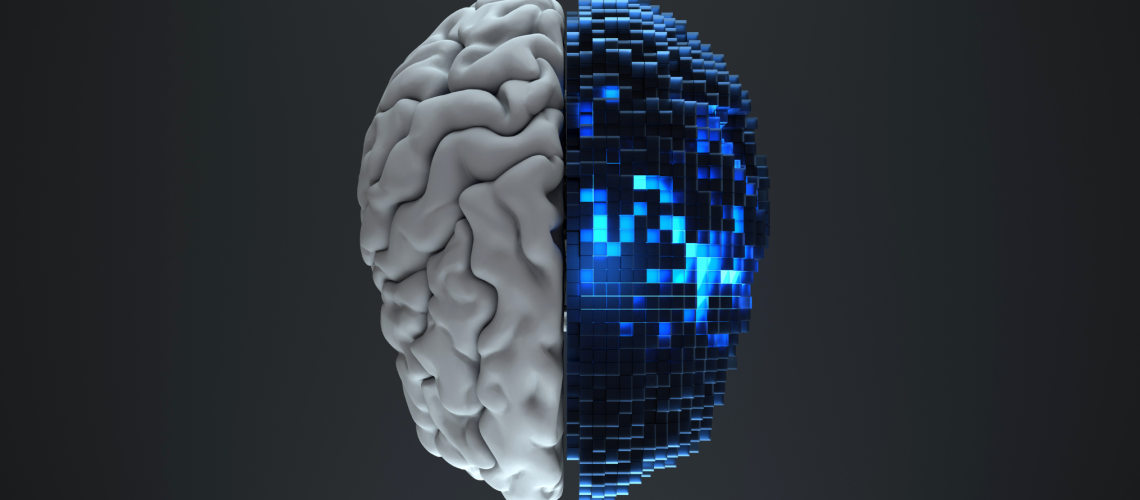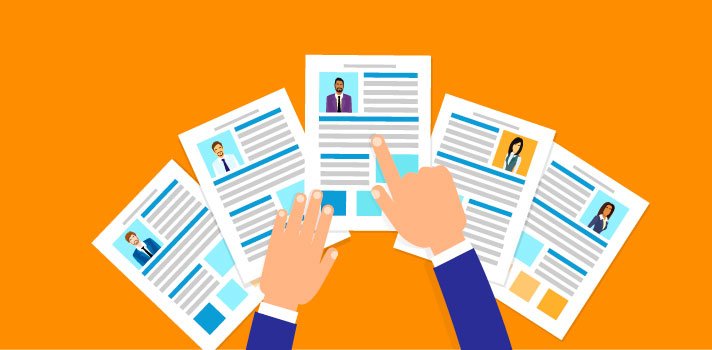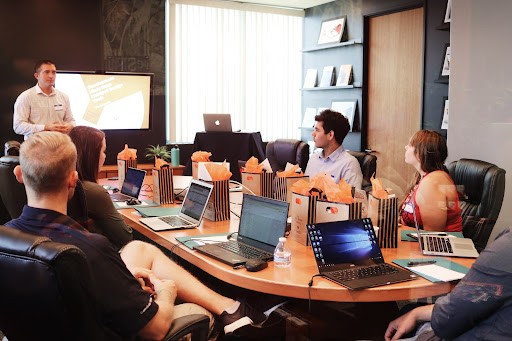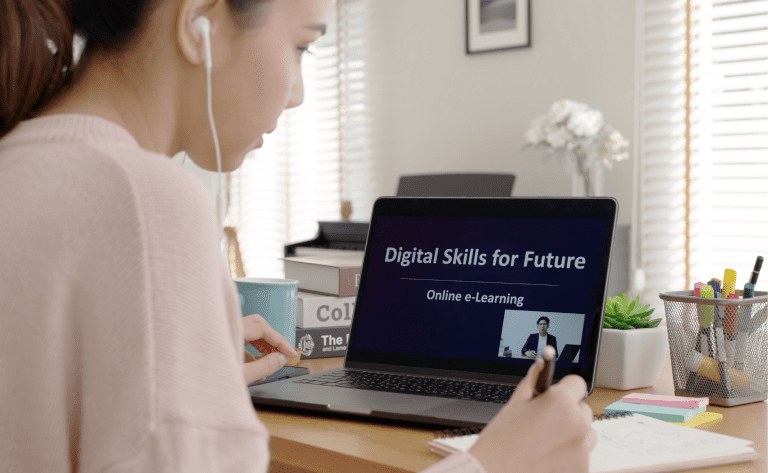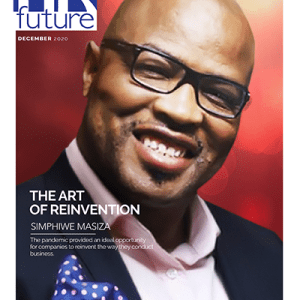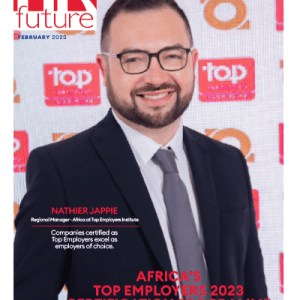The human resources (HR) function is rapidly evolving due to advances in artificial intelligence (AI) and automation. As the nature of work changes, HR leaders must harness intelligent technologies to transform recruiting, employee experience, learning and other key areas. AI-powered solutions enable organizations to work smarter, empower employees and plan for the human+machine future.
The Promise and Potential of AI in HR
AI refers to computer systems that can perform tasks normally requiring human intelligence. Key techniques like machine learning allow the software to improve tasks through experience. Currently, AI development is used in a variety of business areas: https://www.eliftech.com/ai-development/. When applied to HR, AI can:
- Automate repetitive, high-volume tasks
- Derive insights from large datasets
- Deliver personalized recommendations
- Predict future needs and challenges
This transforms how HR serves both employees and the business. The global AI software market in the HR market is projected to grow from $5.28 billion in 2023 to $6.18 billion in 2024, with a notable compound annual growth rate (CAGR) of 17.1%. Adoption is being fueled by the need to simplify HR operations and enhance the employee experience.
Streamlining Recruiting and Hiring
Manually screening high volumes of applicants is time-consuming. AI speeds up sourcing, screening, scheduling interviews and onboarding new hires.
- Intelligent job boards use semantic search to match candidates to open positions. This expands reach and surfaces better fits.
- Chatbots schedule interviews, answer common questions and update candidates. This provides 24/7 assistance without human effort.
- Video interview analysis assesses verbal and non-verbal behaviors to flag the best applicants for hiring managers. This reduces bias.
By automating repetitive tasks, recruiters focus on building relationships with candidates. Meanwhile, algorithms source and engage passive candidates. This reduces time-to-fill for open positions.
Personalizing Employee Experiences
HR must provide support tailored to a diverse workforce across locations and shifts. AI business development enables scalable yet personalized engagement, including:
- Virtual HR assistants answer common policy questions 24/7 via chat and voice, reducing HR headcount needs.
- Sentiment analysis detects overall morale based on anonymous employee feedback. This allows HR to identify issues and improve engagement programs.
- Nudges and microlearning deliver individualized content and training when most relevant. This develops talent on demand.
As a result, employees get consistent and instant guidance. HR also gains more insights from employee data to strengthen programs and sense risks.
Planning for the Future of Work
The future of work will involve humans partnering with AI for business development and robots. HR has a strategic role to play in preparing the workforce for this change.
- Workforce forecasting leverages internal hiring and attrition data. Machine learning identifies upcoming gaps and surpluses by function and skillset, enabling data succession planning.
- Reskilling recommendations suggest training for those at risk of job automation. By beginning upskilling early, employers reduce displacement.
- Robotics implementation guides provide frameworks for smoothly integrating bots. This helps managers collaborate with rather than compete against automation.
Proactive planning builds a workforce aligned with business goals and demonstrates the employer’s commitment to caring for people despite disruption.
Conversational AI Assistants for HR Service Delivery
Conversational AI refers to intelligent chatbots and virtual assistants that interact via text or voice. They enable employees to easily get HR help, freeing up human resources staff for higher-value activities. Some current use cases for improving HR service delivery include:
HR Chatbots
Text-based chatbots handle employee inquiries around the clock. Unlike traditional FAQ databases, which provide static responses, chatbots use NLP (natural language processing) to understand questions posed in everyday language. They search across policy documents, handbooks and past conversations to serve up the most relevant, personalized guidance.
Over time, the algorithms underlying HR chatbots continuously improve through machine learning. As they field more queries on a given topic, their accuracy and effectiveness increase.
Leading examples of HR chatbots include Google’s Dialogflow, IBM Watson Assistant and Ultimate.ai. Chatbots can answer questions on issues like:
- Benefits and health insurance
- Work schedules and time-off policies
- Payroll, taxes and compensation
- Laptop, phone and tech support
- Employee referral programs
- Dress code and remote work policies
- Company directory searches
Offloading these repetitive inquiries from HR staff enables them to focus on higher-level employee relations issues and strategic initiatives.
Voice Assistants
While chatbots require typing a question, voice-based assistants allow speaking queries and commands. Like chatbots, they can answer HR questions as well as interface with back-end systems to take actions like:
- Schedule meetings
- Launch video conference calls
- Initiate IT support tickets
- Pull up vacation balances
- Play learning videos
Voice AI options for HR include solutions from Google, IBM, Oracle and SAP. Assistants may reside on user devices or be accessible via a phone number. The hands-free nature provides convenience for front-line employees. It also aids those with disabilities impacting vision or mobility.
Intelligent Service Ticketing
Service ticketing refers to platforms where employees can raise issues like payroll problems or IT device requests. Leading platforms like ServiceNow are incorporating AI-like chatbots to improve ticketing. Upon ticket creation, bots may collect additional details from employees via conversational interaction. The details are attached seamlessly to the ticket, improving the context for agents.
Bots also auto-categorize issues based on analysis of ticket text, speeding routing to relevant agents. Additionally, the bot remains involved in answering status questions, pulling up knowledge articles, resolving straightforward problems, and freeing agents to focus on investigating and addressing complex cases.
AI for Better HR Decision-Making
AI is also helping HR leaders make smarter decisions based on data analytics. Manual reporting has blindspots and delays that AI business development overcomes.
Predictive analytics uses machine learning to detect patterns across data sources. Based on these patterns, algorithms forecast outcomes like which employees are most at risk of leaving, hiring pipelines that may undersupply candidates, managers likely to become disengaged without intervention, and ineffective diversity programs. HR can then develop initiatives to address risks preemptively.
Embedded analytics allows insights to be provided directly into daily workflows. As employees and managers take actions like posting jobs, submitting vacation requests or assigning training, relevant data or advice appears automatically. This helps individuals make better decisions without disrupting the focus on consulting separate analytics portals.
All people have some unconscious biases that can distort AI algorithms learning from human-generated data. Bias mitigation techniques counter this effect through blind recruitment tools, balanced training data, and algorithm audits to proactively test for and address unfair performance differences across groups. This ensures HR technology benefits all.
AI Applications Across the Employee Lifecycle
AI is transforming major milestones throughout the employee experience journey:
Talent Acquisition
- Job description writing tools tailor language to attract more applicants from underrepresented groups
- Programmatic job advertising platforms target and engage passive candidates at scale
- Intelligent screening automatically scores applicant resumes and video interviews before humans review
- Chatbots schedule interviews, answer candidate questions and simplify background check paperwork
- Predictive analytics forecast optimal salary packages to extend to minimize negotiation
Onboarding
- HR chatbots guide new hires through required employment forms and systems access requests
- Personalized welcome portals provide equipment, benefits guidance and manager contacts
- Intelligent knowledge platforms serve up training content and FAQs at the moment of need
- Sentiment analysis from buddy chats and new hire surveys flags potential integration issues
Learning & Development
- AI coaches guide employees through interactive roleplaying scenarios to build skills
- Microlearning platforms deliver bite-sized mobile training videos when the most relevant
- Natural language processing parses performance reviews to identify common development areas by role
- Algorithms generate personalized learning playlists based on projects, aspirations and knowledge gaps
Engagement & Retention
- Pulses check engagement via brief weekly sentiment surveys, identifying struggling teams
- Nudges motivate managers to recognize employee achievements, anniversaries and life events
- Anonymous community forums let employees suggest improvements and discuss sensitive issues
- Predictive analytics identifies employees at risk of leaving so HR can take proactive action
Offboarding
- Bots facilitate the handoff of projects and documentation to colleagues
- Personalized alum portals maintain relationships with former employees
- Analytics identify reasons for departure to prevent future attrition
At each milestone, intelligent algorithms create a smoother, more supportive and personalized experience. This builds an engaged community ready to grow and thrive together.
Ensuring Responsible AI in HR
While AI enables new efficiencies in HR, it also risks unintended consequences if deployed without care. Organizations must take three key steps to develop ethical, responsible AI solutions:
1. Human Oversight
HR chatbots and algorithms should augment but not entirely replace human capabilities and judgment. There should be staffing to investigate complex employee situations not resolvable solely by technology.
2. Transparent Design
Avoid “black box” systems where even designers cannot explain internal workings. Use techniques like generating explanations along with AI recommendations so users understand key drivers of outcomes.
3. Proactive Audits
Assess algorithms for potential issues like bias, safety risks or gaming vulnerabilities. Monitor also for model drift where performance declines over time. Establish review processes to flag the need for retraining or design adjustments.
AI offers immense opportunities to advance employee well-being and business goals. But thoughtfully governing solutions remains critical.
Key Takeaways and Next Steps
Some final recommendations for organizations exploring AI capabilities:
- Start small, then scale – Pilot chatbots and analytics with one team to prove value before the organization-wide rollout
- Prioritize integration – Ensure AI has seamless access to existing HR data like job descriptions, performance records and departure reasons
- Embrace transparency – Explain AI benefits but also limitations openly to build trust amongst employees
- Champion redeployment over replacement – Help those displaced by automation pivot into new roles via retraining programs
- Maintain human connection – Preserve relationship-building interactions between managers and staff even as AI usage grows
The above best practices will smooth the transition for a modern, AI-enabled HR function. The future presents a world where the best human and artificial intelligence come together to enable workplaces that are creative, productive and fulfilling.
Guest writer.

